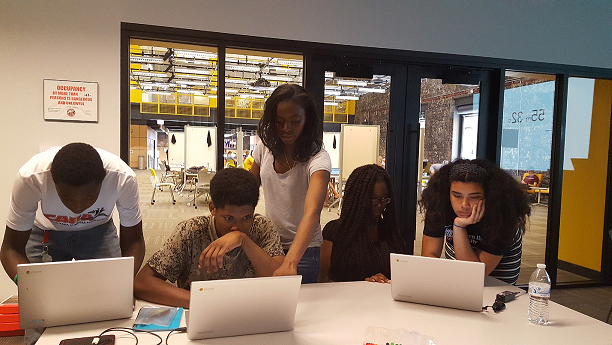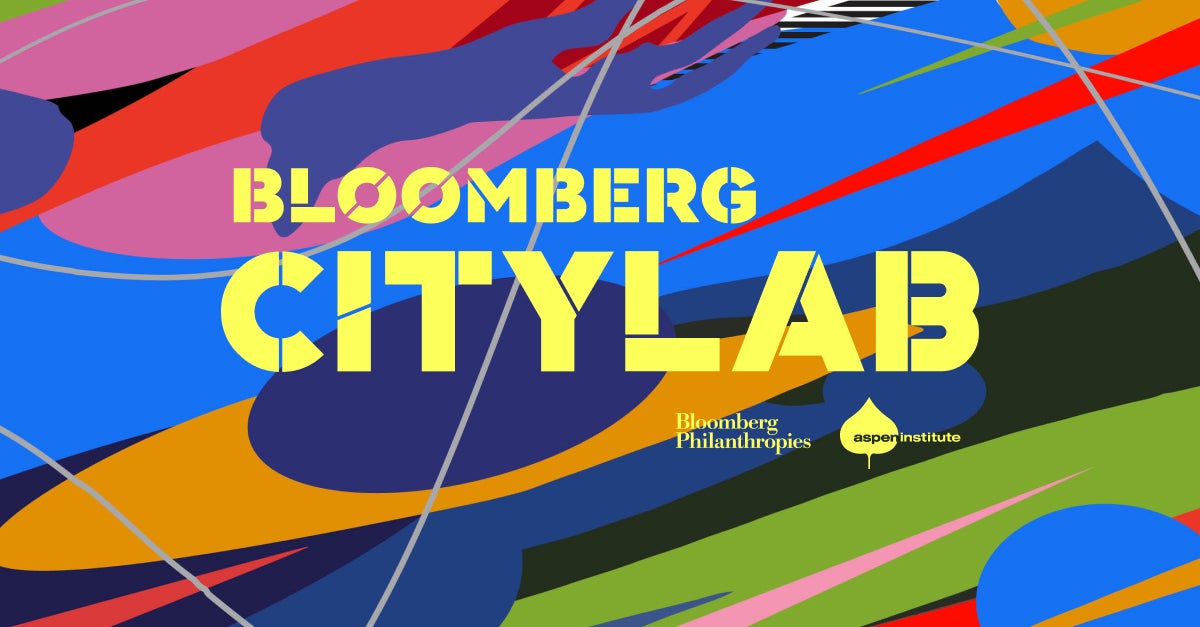The second group of interviews for our series on and innovation and inclusion talks about tools. Months before skepticism about technology moved into the mainstream, the participants in our innovation and inclusion working group were very clear that tools are not neutral, but rather an extension of values, in how they are used and even how they are built.
Over the next couple of weeks, we’ll publish interviews with three technologists, a venture capitalist, and a designer, who answered these five questions:
- How do you think about the relationship between tools and values?
- Which tools do you use?
- Which do you not use?
- What’s a tool you wish existed but doesn’t?
- How should we think differently about tools?
The innovation and inclusion working group broadly and these interviews taught me five things about the possibilities and limits of tools.
1) Start with values. (Yes, I’m repeating myself.) The sessions at our inclusive innovation gatherings that focused on tools led to amazing insights about values. That’s why the first question in these interviews is about the relationship between tools and values. The overwhelming message is that we can’t rely on technology by itself to produce equitable or inclusive results: people have to steer the technology in specific ways or demand that the creators respond to the users’ value choices.
2) Define the problem before you choose or use the tool. That sounds obvious, but the availability of a tool can cloud our understanding of the problem, hence the adage, “If the only tool you have is a hammer, then everything looks like a nail.” Eduardo Staszowski lays out a complex landscape of categories of design challenges and three types of tools that could be applied within each category. The type of problem should guide the selection of the tool, and not vice versa.
3) Sometimes the best “tool” is human interaction. The interviewees came back to this idea repeatedly. Demond Drummer speaks beautifully about how “the circle is an indigenous technology that opens space for learning and co-production” and about how “one to one interactions [are] the currency of inclusive innovation.” Lisa Hagerman jokingly said that she wished there was a tool for “the creation of time” because of the time it takes to build and leverage relationships, which are crucial for inclusive innovation.
4) Be thoughtful about values that tools reflect. Hannah Calhoon talks about building a text-based tool to reach the Design Insight Group members that are vital to her organization’s work. Existing tools for scheduling and surveying are mostly web-based, but DIG members rely more on phones. Tools should adjust to people, not the other way around. Catherine Geanuracos has had a similar experience, seeing how tools for public engagement can reinforce the voices of people who are already good at making themselves heard, and not work well for people on the margins.
5) No tool will perfectly match or express an organization’s values. The technologists I interviewed (Hannah Calhoon, Demond Drummer, and Catherine Geanuracos) were both aware of the values choices encoded in tools, but also realistic about borrowing, adapting, and repurposing the tools at hand, even as they build new ones. For example, in her non-profit work, Catherine says, “I use anything I can, and test and iterate,” but her day job is building an entirely new operating system for local government because she thinks existing tools just don’t work well. “Just ask yourself,” she adds, “‘Does this tool align enough with my core values that it feels accessible for me to use it?’”
Tools are accelerators–they enable us to do things faster and better. So it’s all the more important to be honest, even critical, about where we are going. That’s where values come in. That’s where human interaction comes in. I hope these interviews show you that, at their best, tools and technology can help us realize our humanity and that of others. We should demand no less.
Jennifer Bradley is the Founding Director of the Center for Urban Innovation at the Aspen Institute. The Center was created in 2015 to connect and support leaders from government, business, non-profits and philanthropy who want to drive inclusive innovation in America’s cities and metropolitan areas.
This blog series is supported by the Citi Foundation, a vital early supporter of the Center for Urban Innovation at the Aspen Institute. With the Citi Foundation’s help, the Center convened leading-edge practitioners to develop a shared set of principles to guide a cross-sector approach to inclusive innovation in low- and middle-income neighborhoods, and to determine how the Aspen Institute could support this practice.

